By: Dan Buckler, Urban Forest Assessment Specialist
Generally, attention to the planet’s extinction crisis focuses on charismatic animal species. But what about a different branch of life, one that appeals to those with specific interests and expertise (such as readers of this article)? What is the status of America’s trees?
An extensive study published in the journal Plants People Planet documented all tree species native to the contiguous United States and classified their global extinction risk, creating or updating hundreds of species threat assessments. The results provide one of the most comprehensive appraisals of trees across the country, informing not just our expectation of these trees’ future ecological and economic roles but our moral duty as stewards on and for this planet. Continue reading “The Threat Of Extinction To America’s Tree Species”

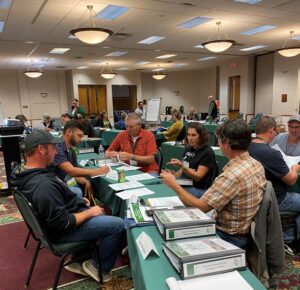
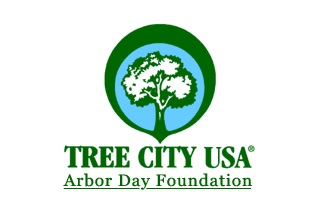 The Arbor Day Foundation’s Recertification
The Arbor Day Foundation’s Recertification 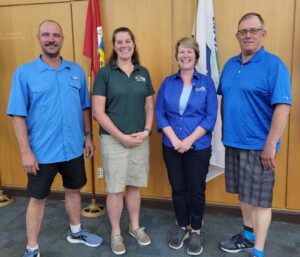

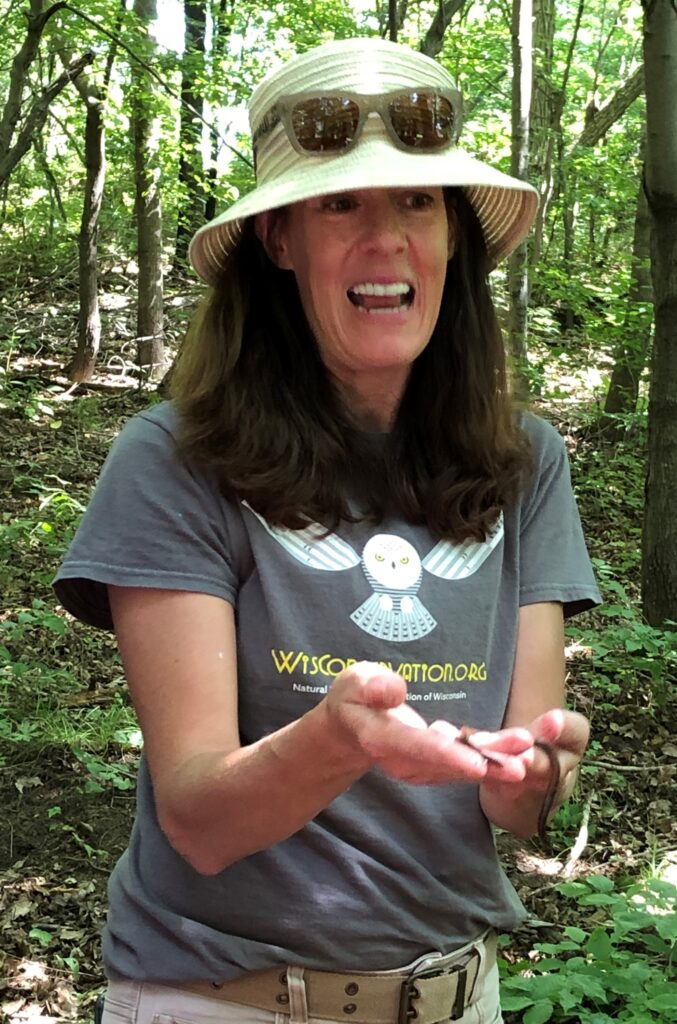
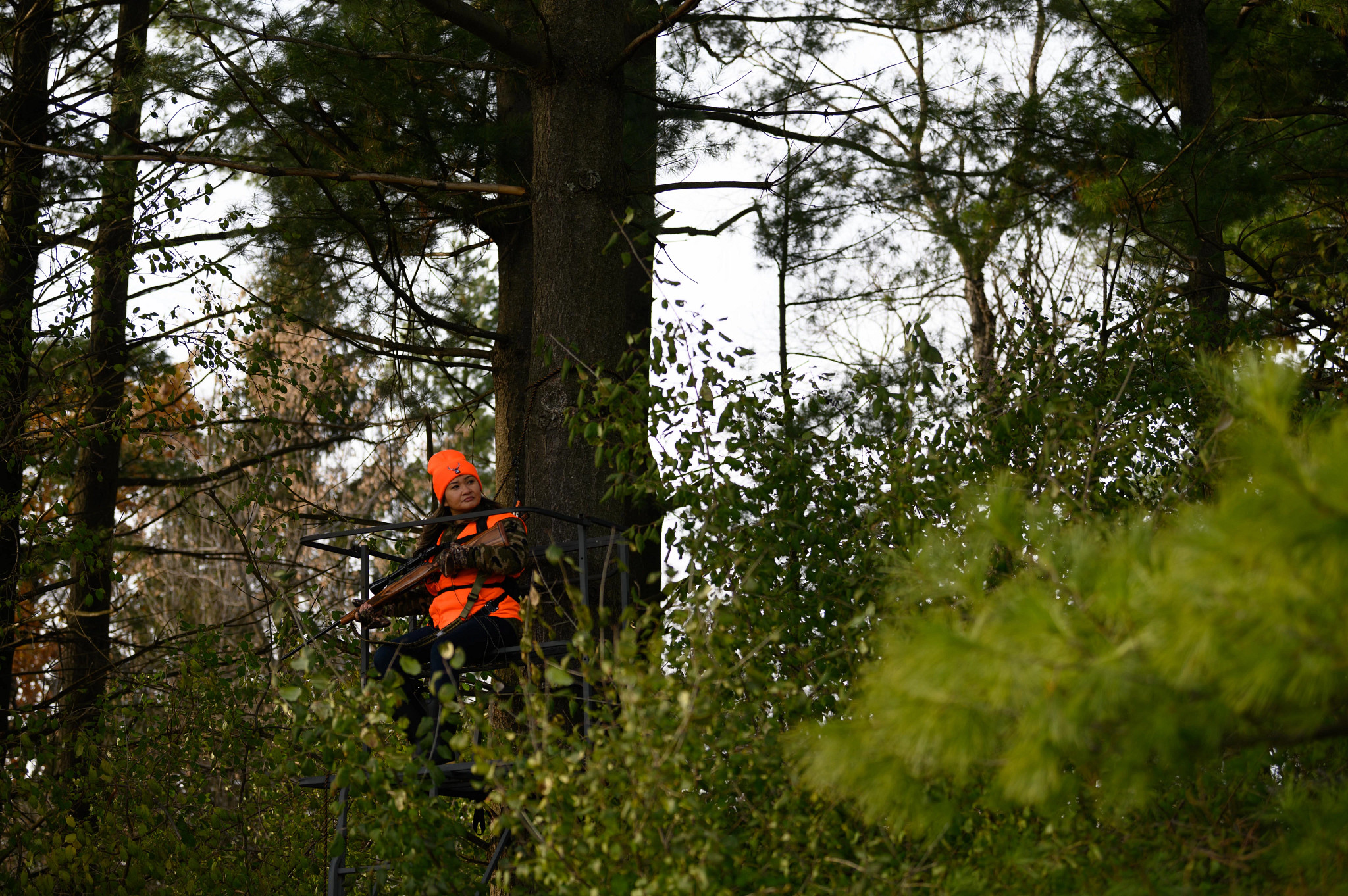
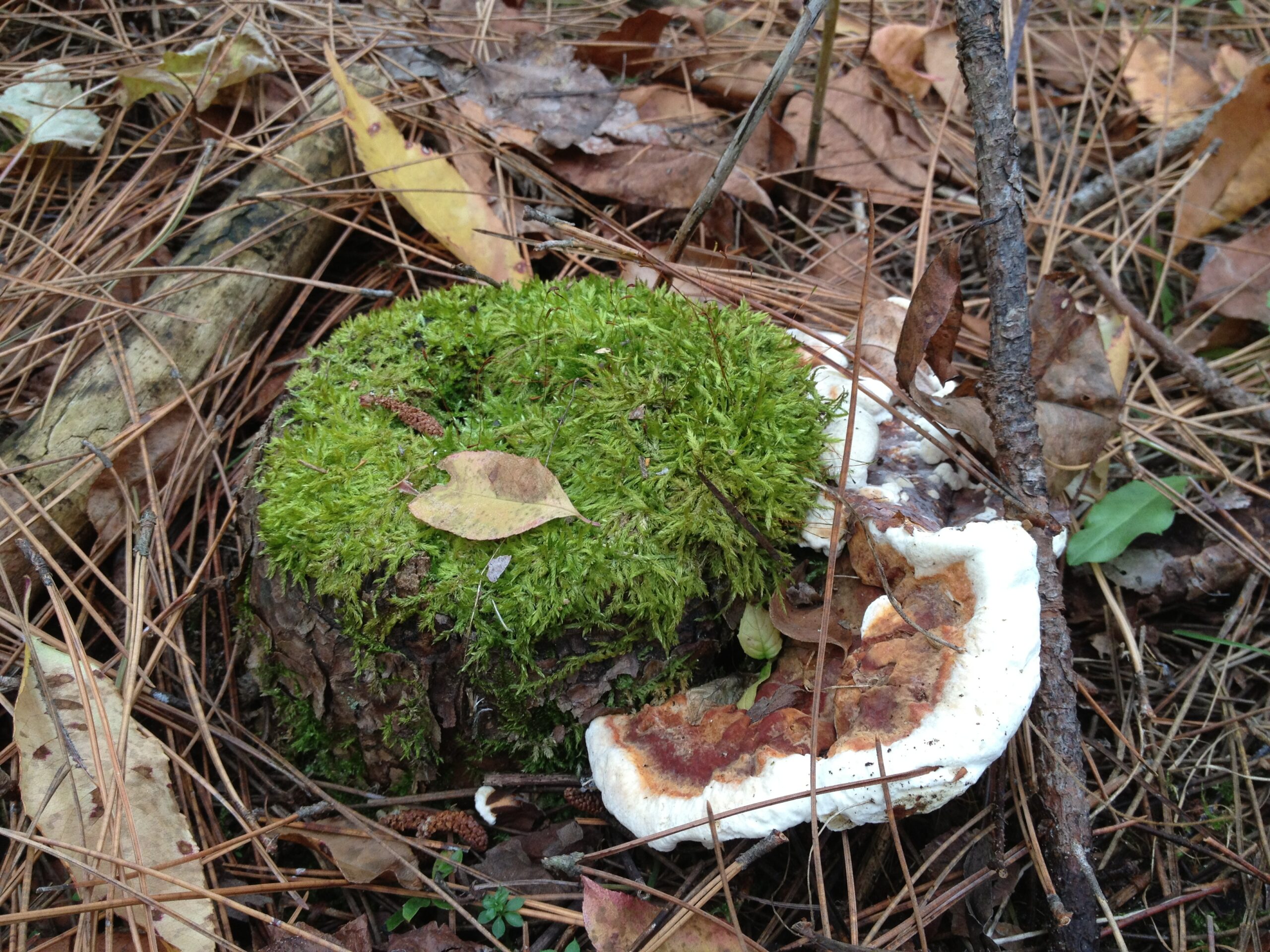
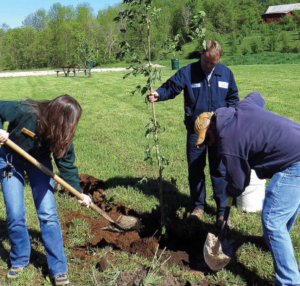 You may have participated in this survey led by DNR Urban Forestry Coordinator Don Kissinger in 2020 (if so, thank you!) Wisconsin municipalities with more than 2,500 residents were asked a series of questions about the types of trees they prefer to plant (such as root stock type and caliper size), which lesser-used species they had successfully planted, which species they cannot find but would like to plant, and whether they use a gravel bed.
You may have participated in this survey led by DNR Urban Forestry Coordinator Don Kissinger in 2020 (if so, thank you!) Wisconsin municipalities with more than 2,500 residents were asked a series of questions about the types of trees they prefer to plant (such as root stock type and caliper size), which lesser-used species they had successfully planted, which species they cannot find but would like to plant, and whether they use a gravel bed.